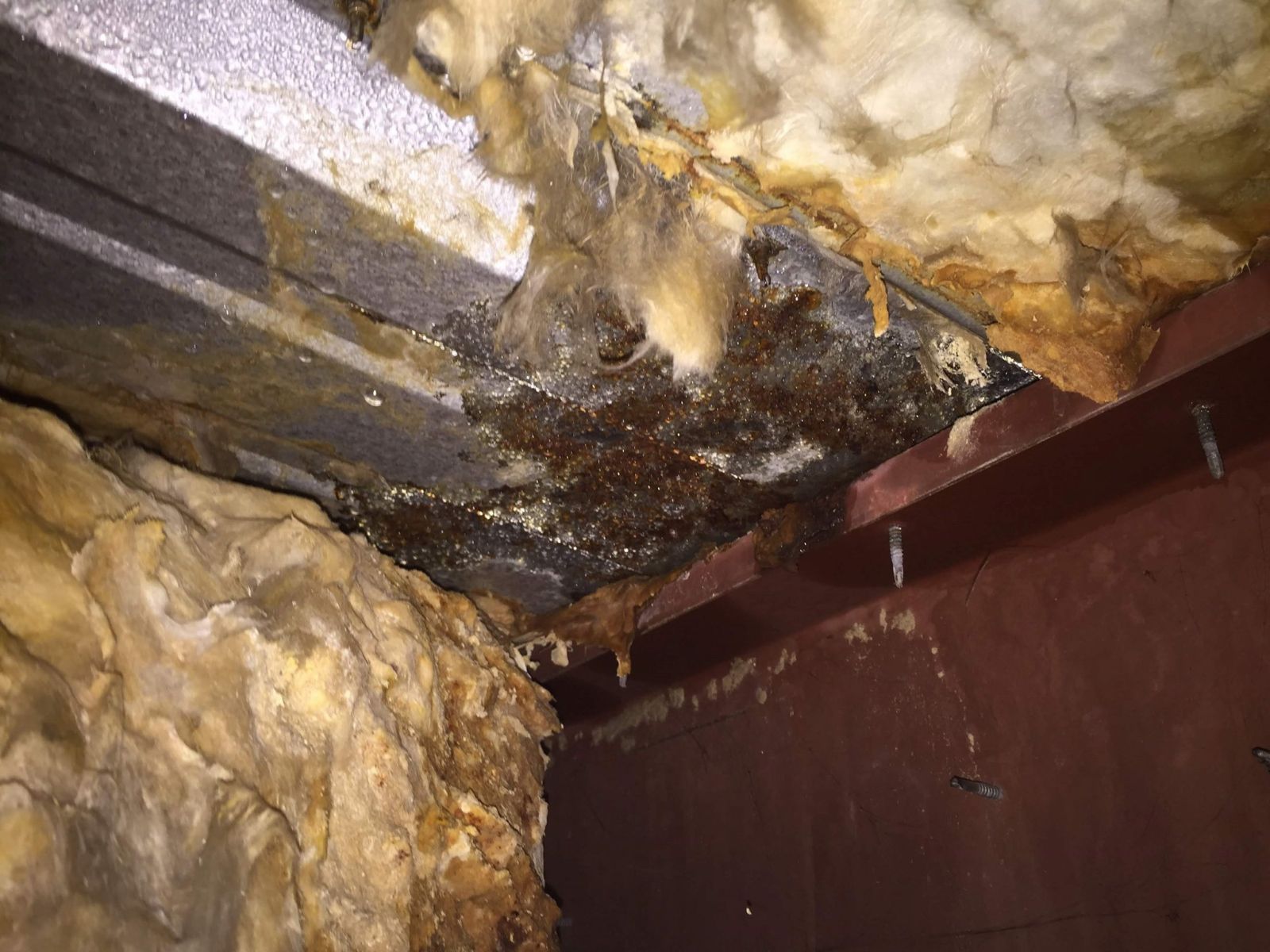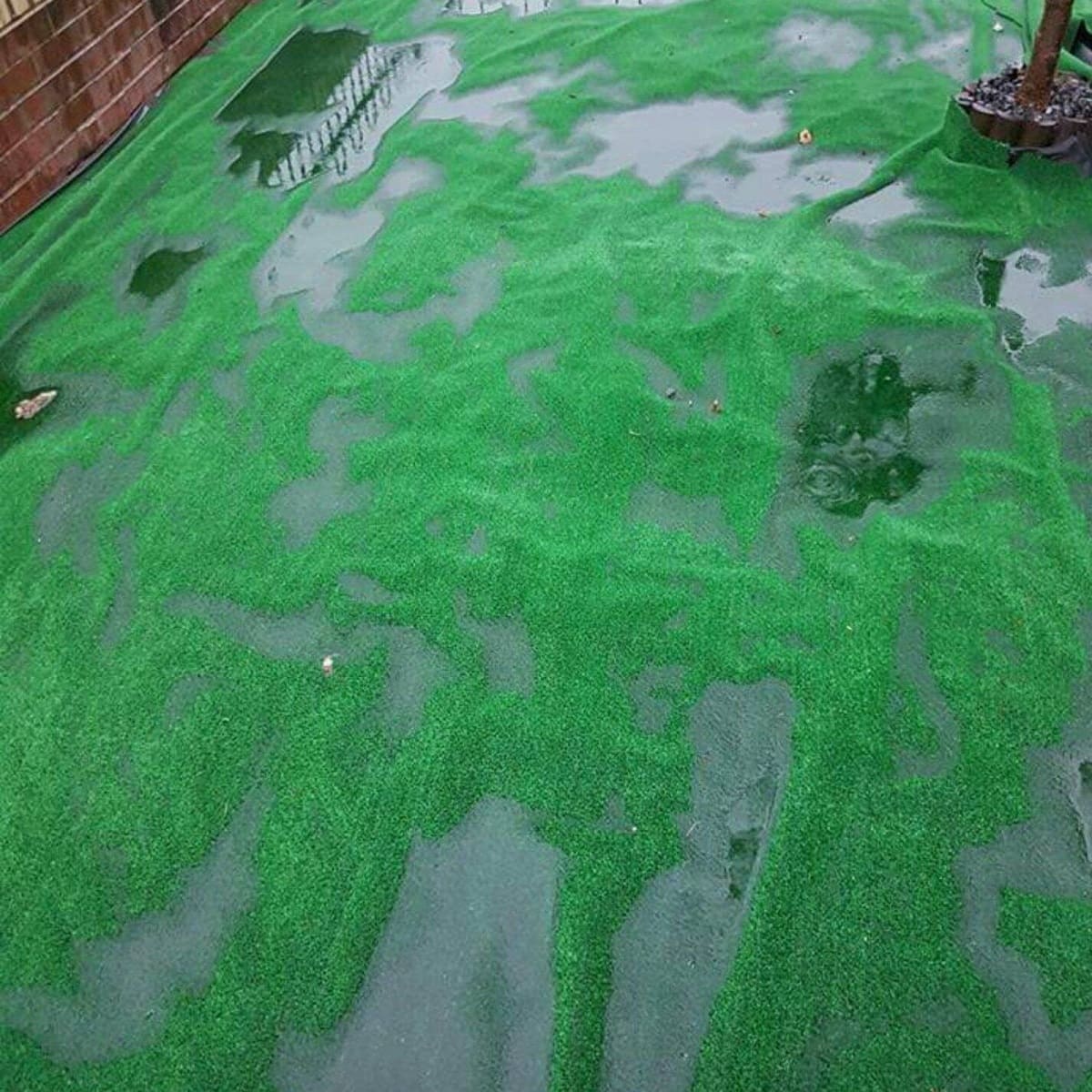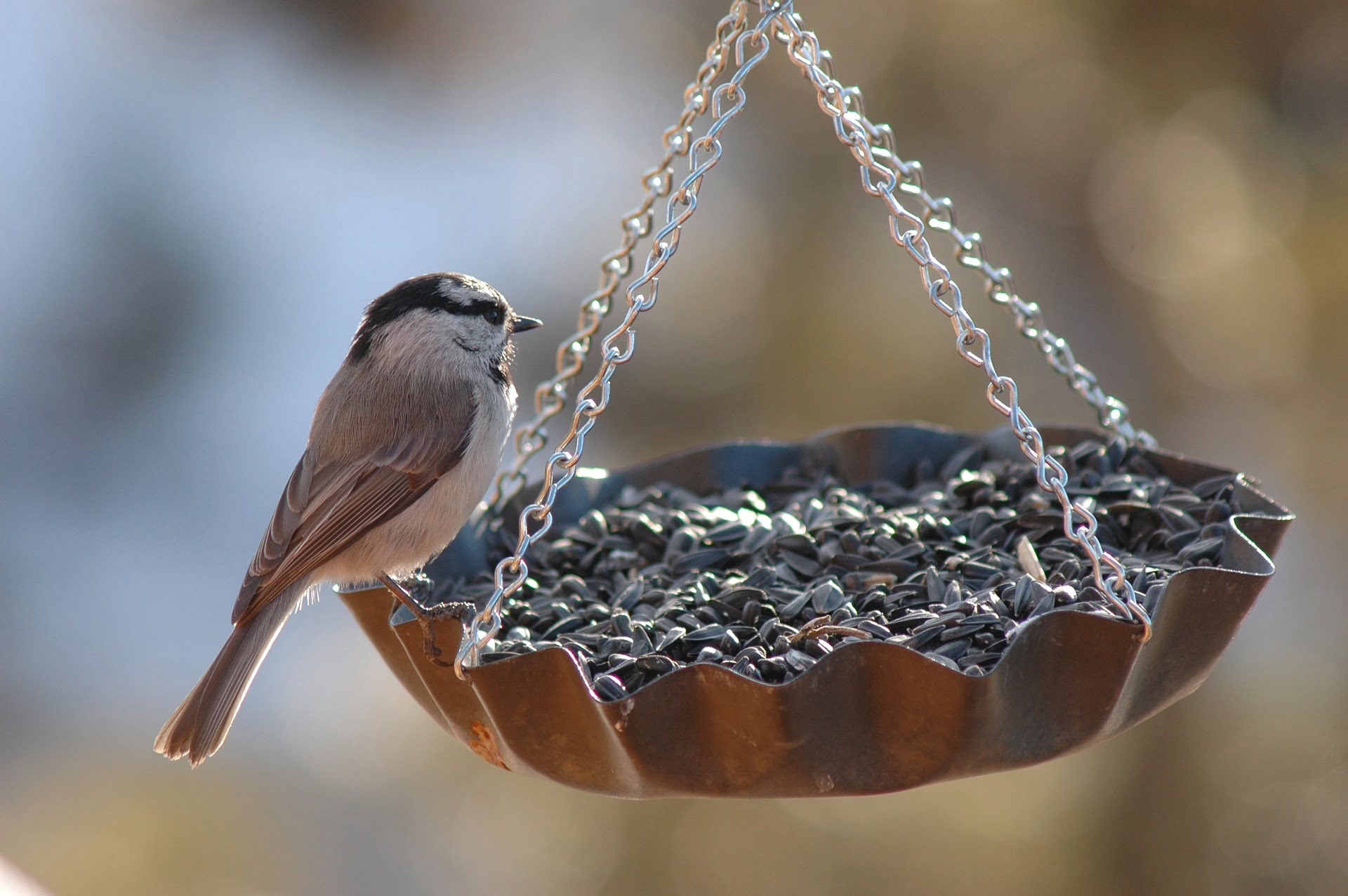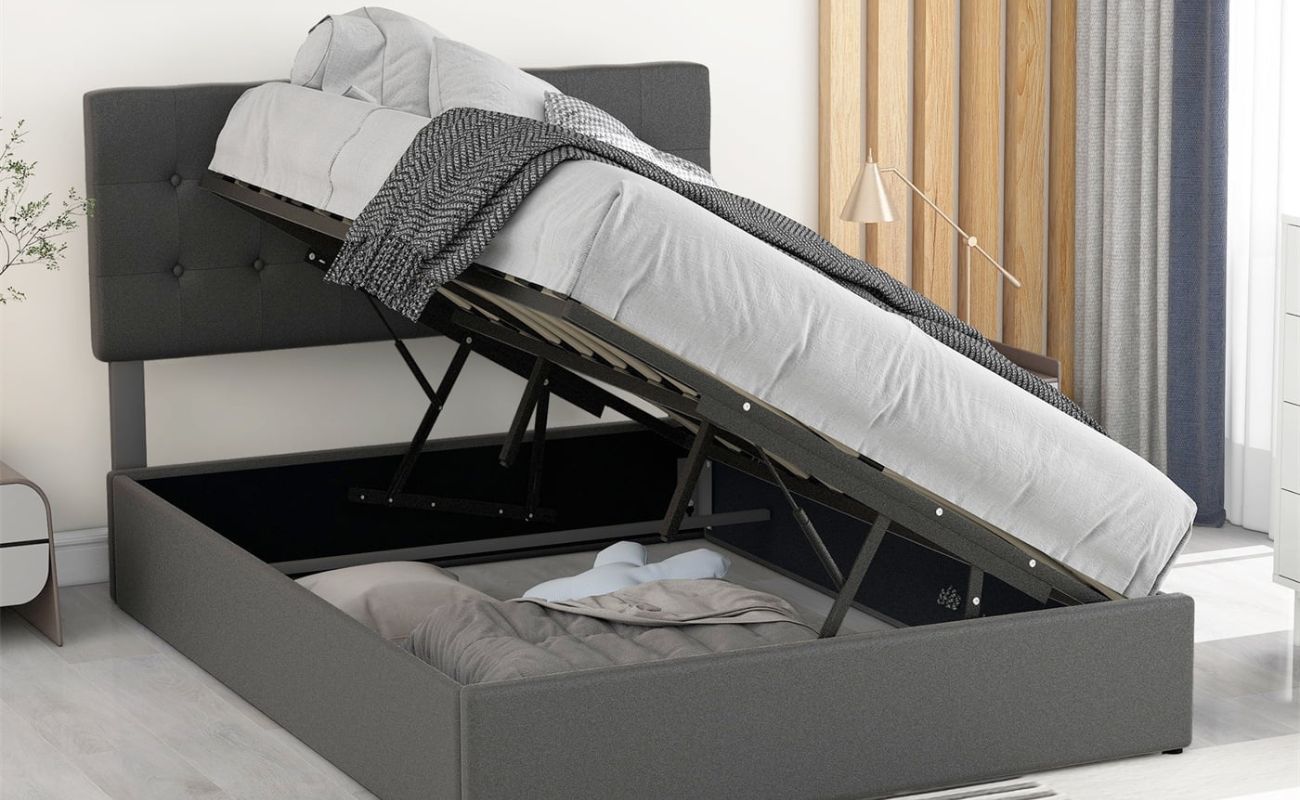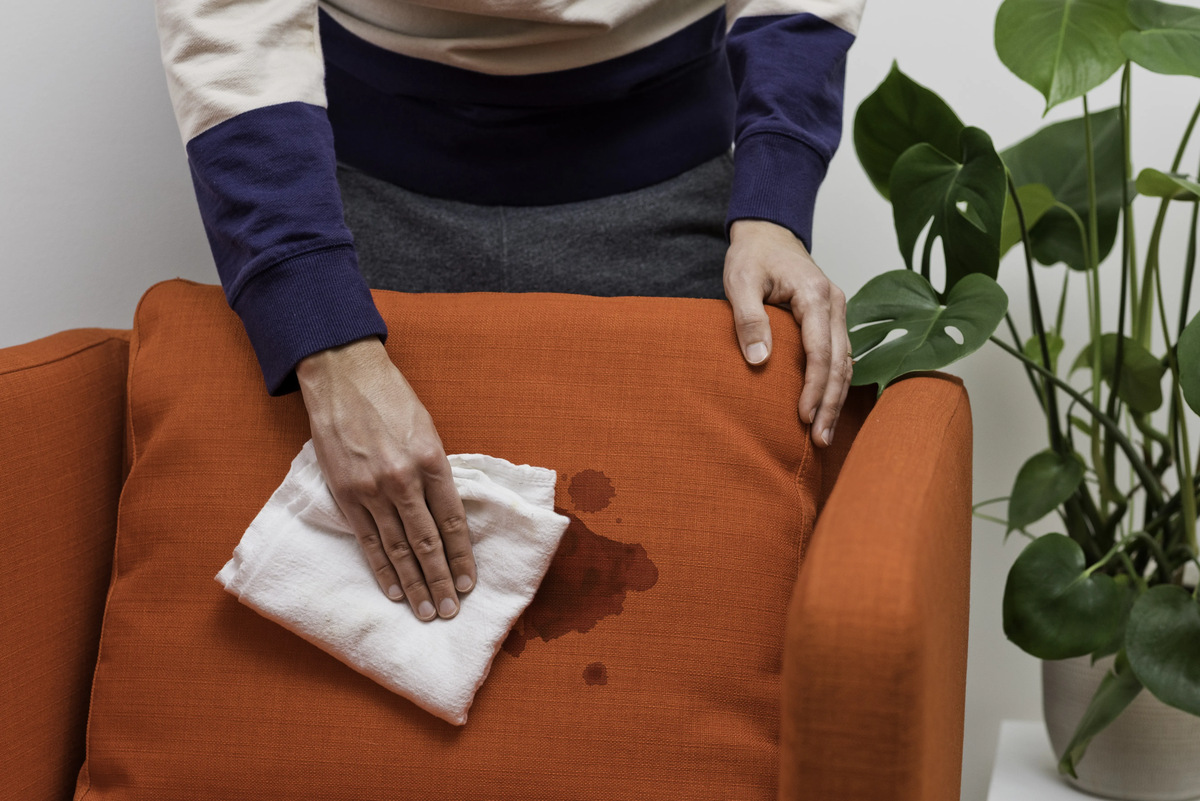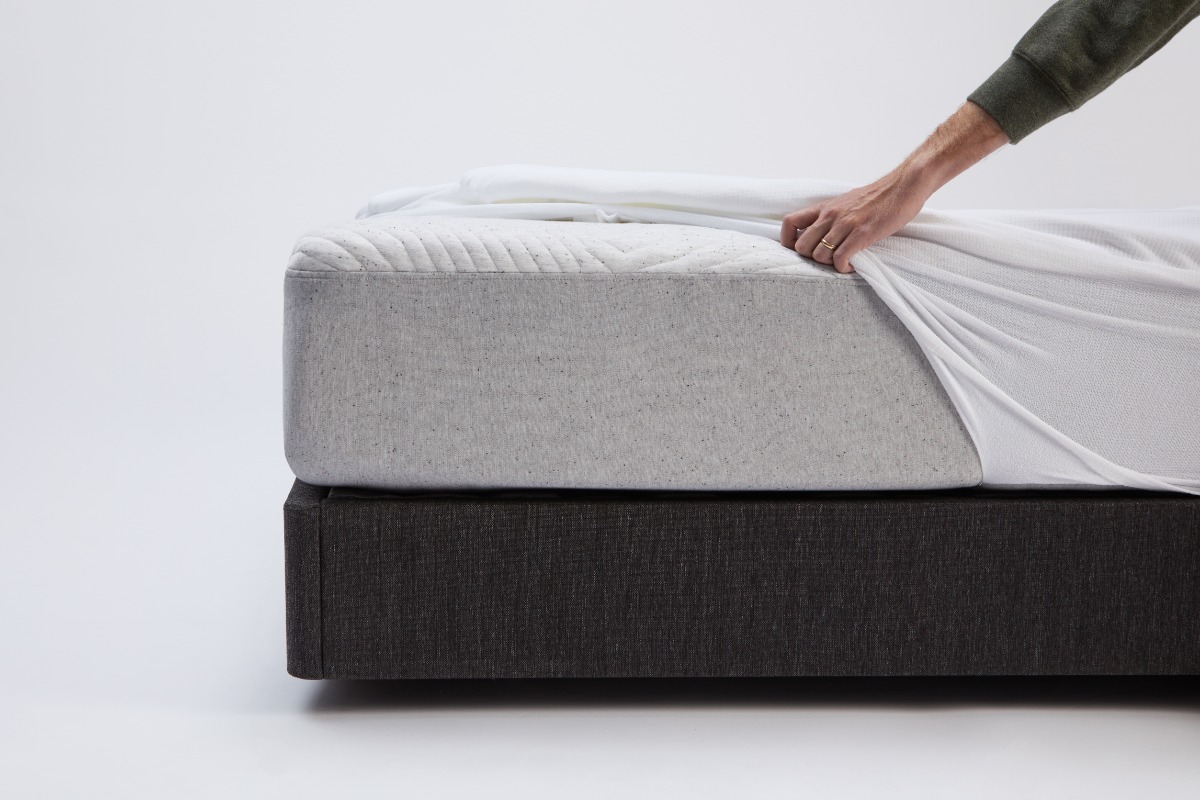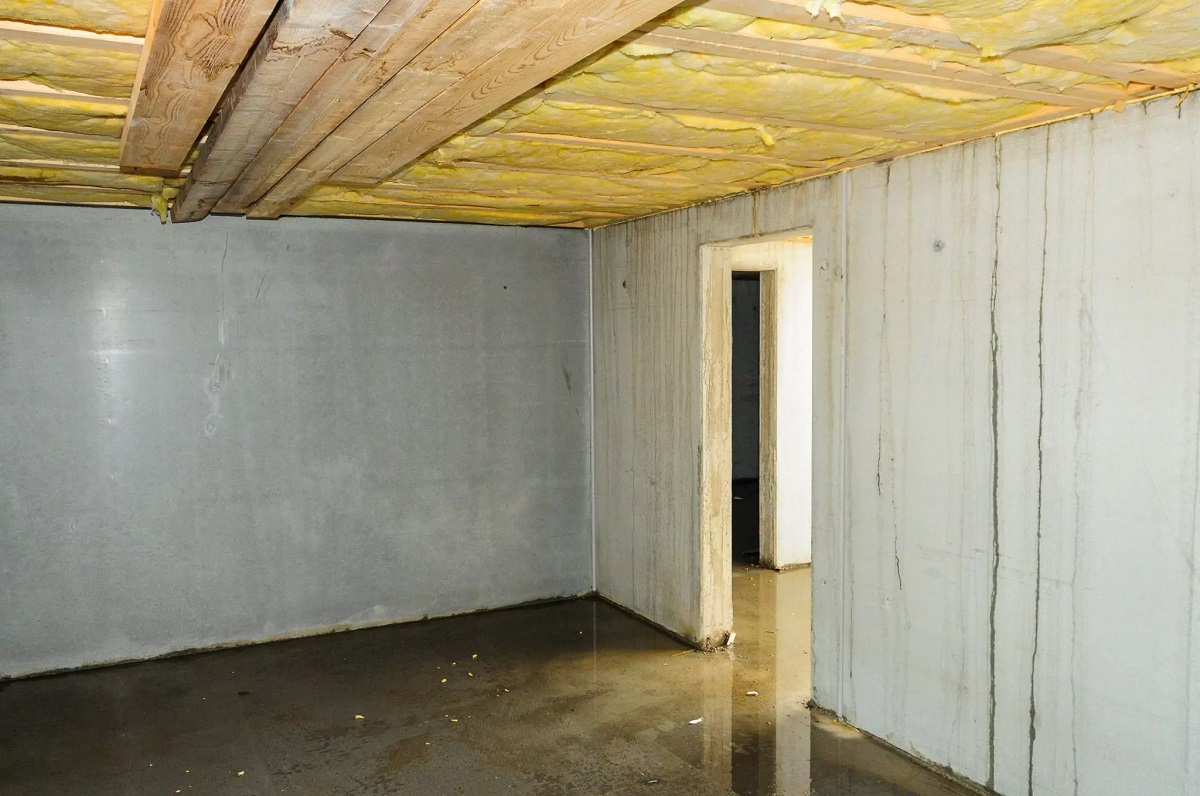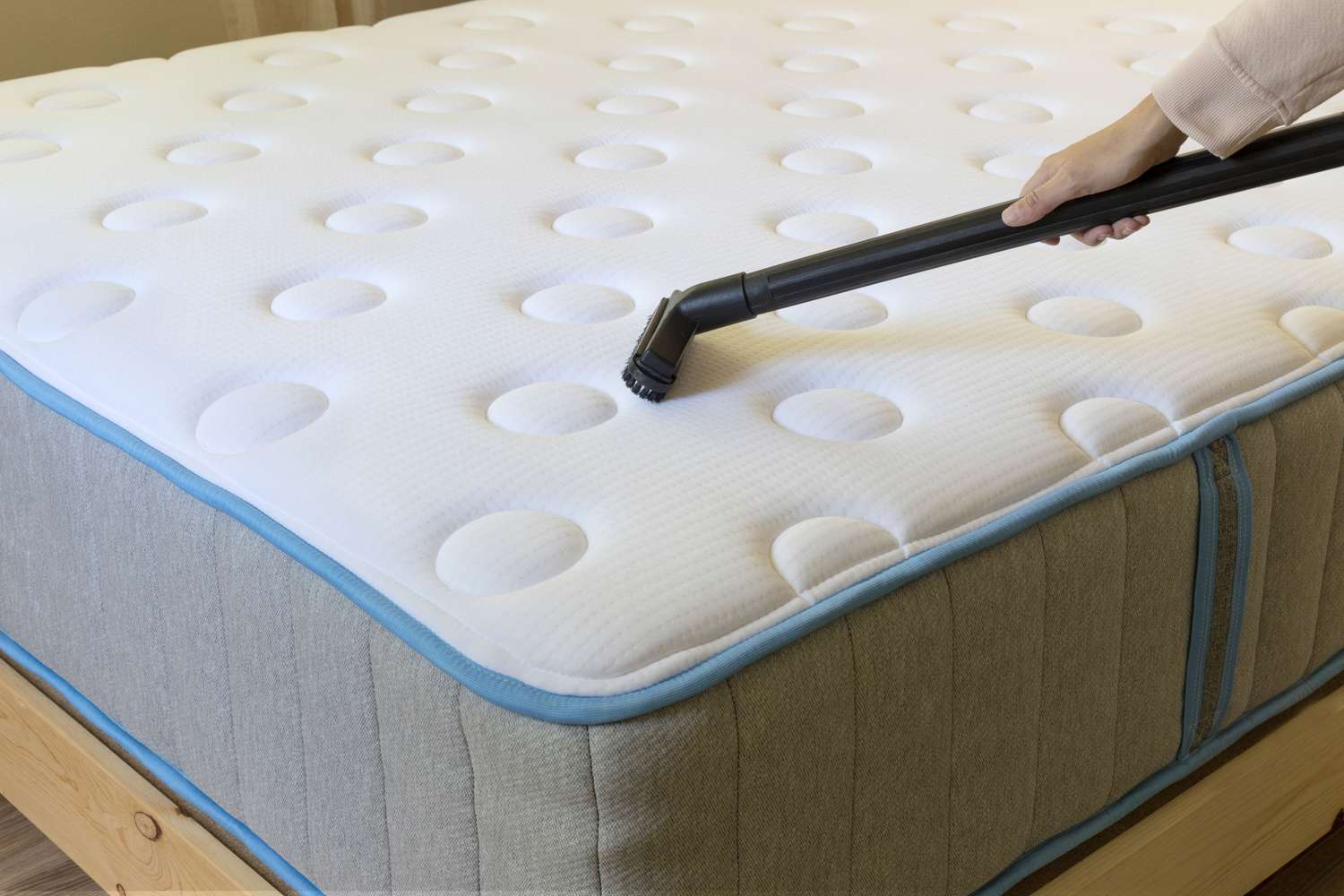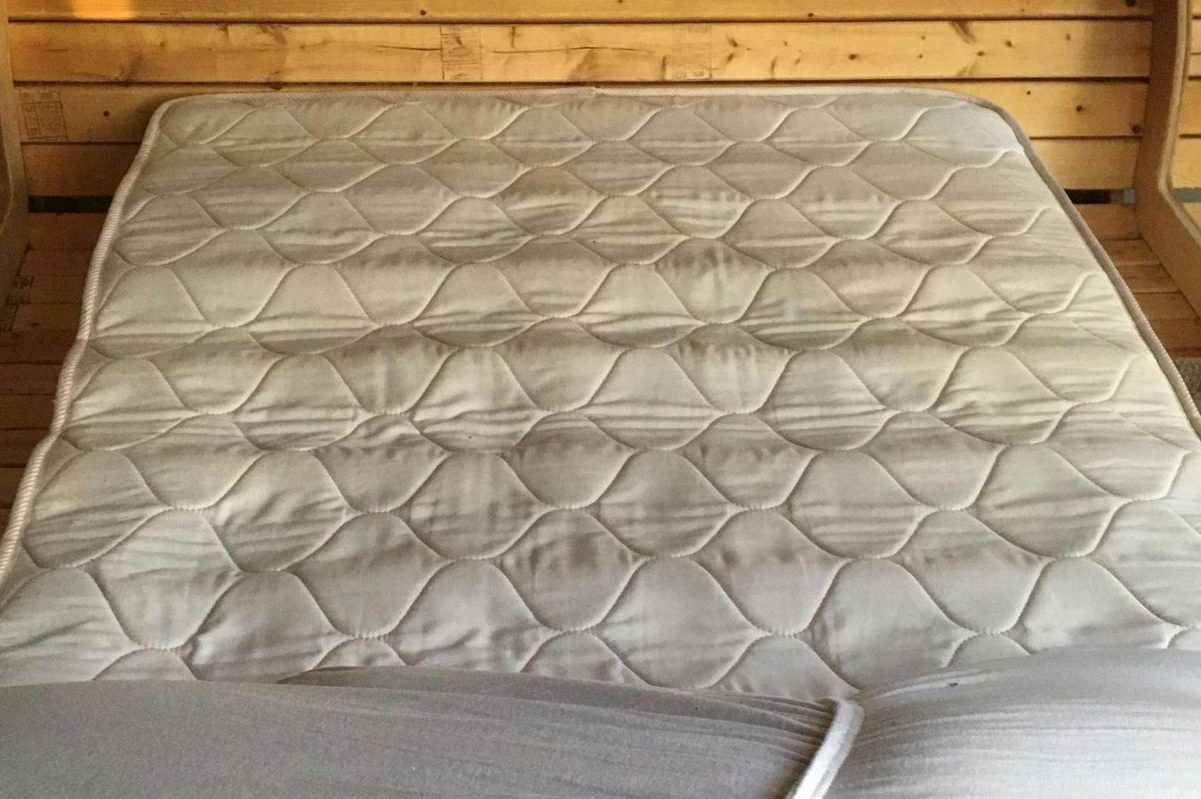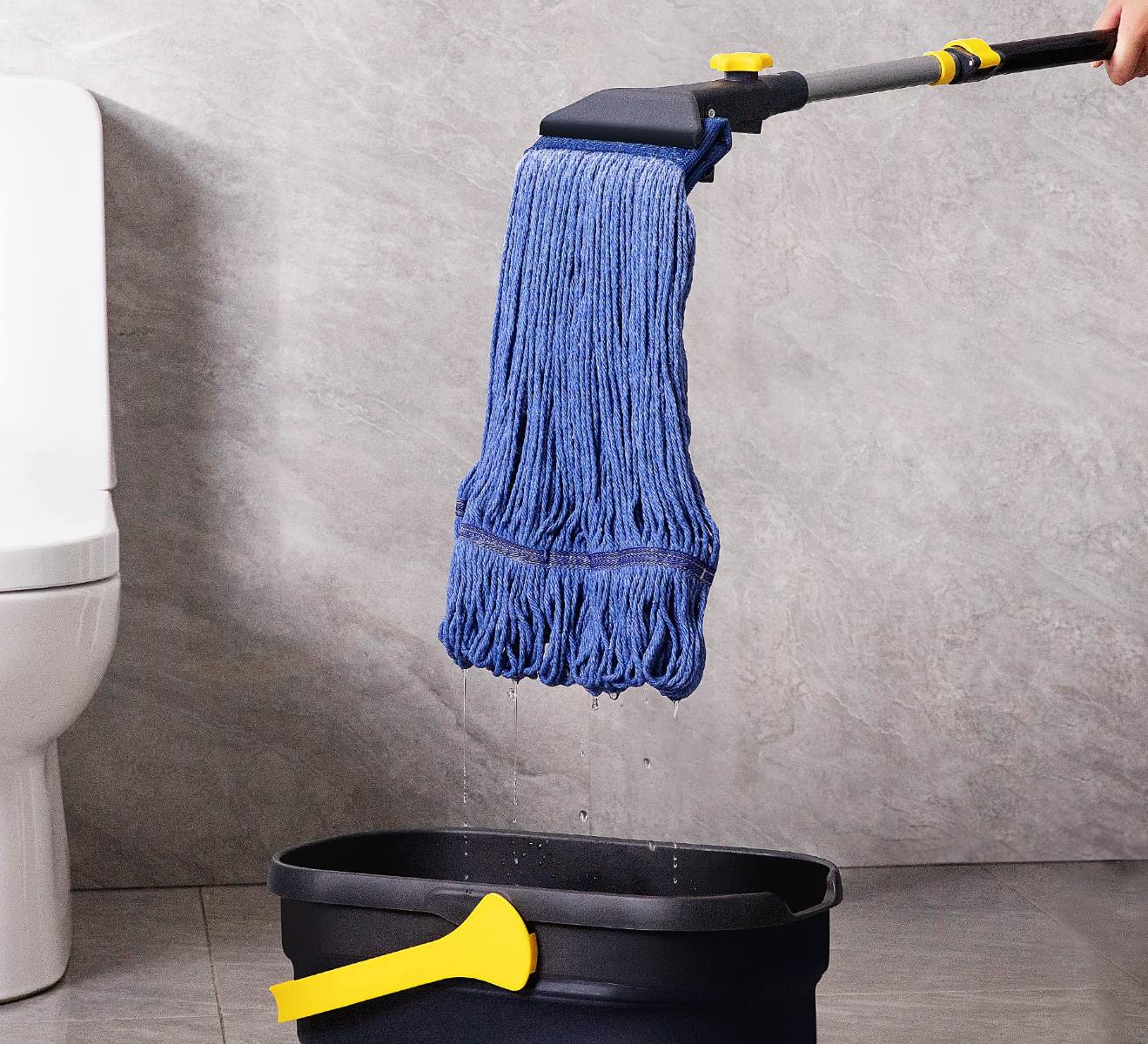Home>Furniture>Bedroom Furniture>What To Do If Your Mattress Gets Wet
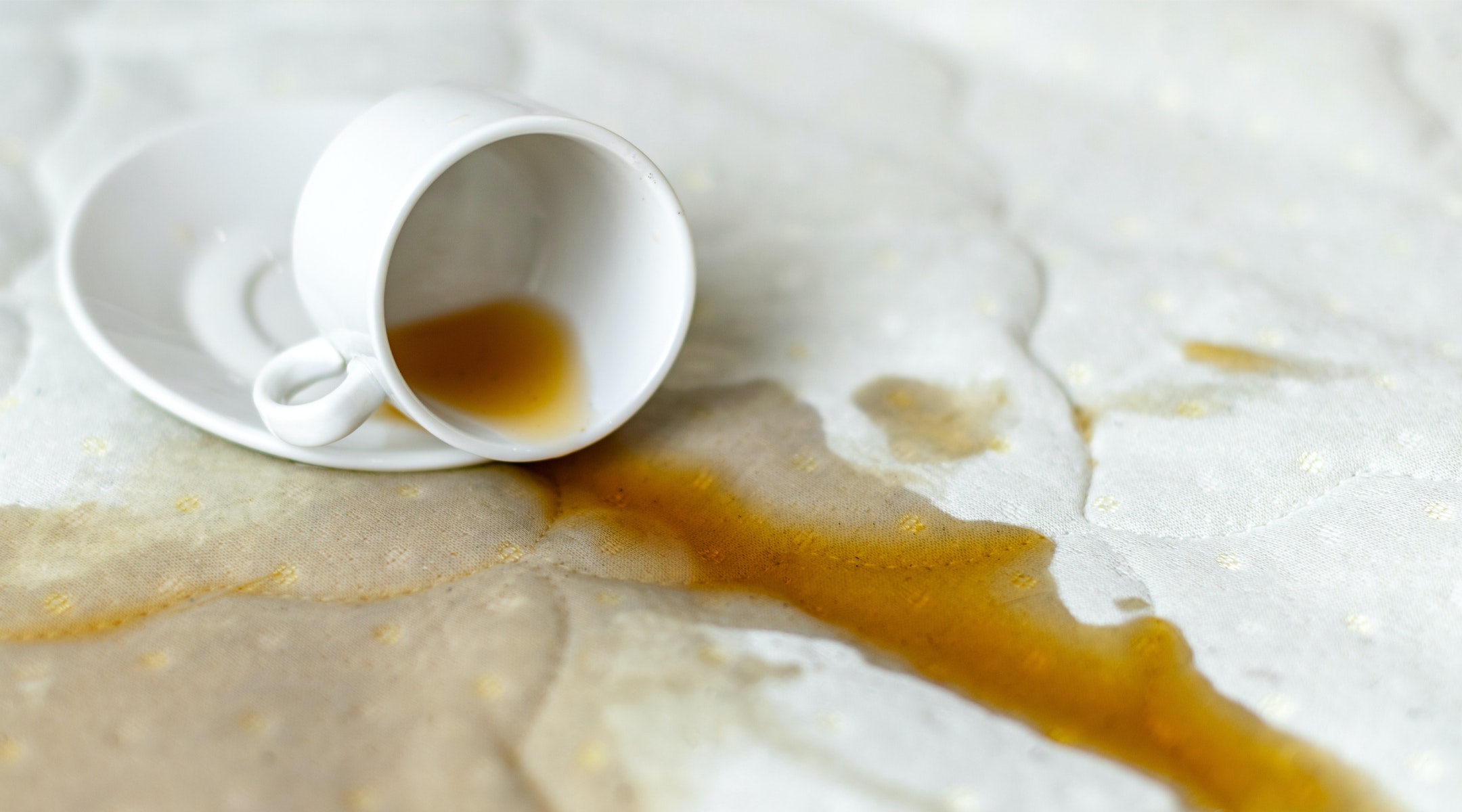

Bedroom Furniture
What To Do If Your Mattress Gets Wet
Modified: October 19, 2024
Discover quick and effective solutions to save your bedroom furniture from water damage. Find out what to do if your mattress gets wet and prevent potential issues.
(Many of the links in this article redirect to a specific reviewed product. Your purchase of these products through affiliate links helps to generate commission for Storables.com, at no extra cost. Learn more)
Introduction
Having a wet mattress can be a stressful and frustrating situation. Whether it’s due to a spill, an accident, or even a leaking roof, dealing with a wet mattress can pose a challenge. However, it’s important to take immediate action to prevent further damage and ensure your mattress remains in good condition.
In this article, we will explore the reasons for a wet mattress, discuss the immediate steps you should take when faced with this situation, provide effective drying techniques, and offer tips for preventing future accidents. Additionally, we will address potential risks and concerns that may arise from a wet mattress.
So, if you find yourself in the unfortunate circumstance of a wet mattress, keep reading to learn how to properly handle the situation and minimize the impact on your sleep environment.
Key Takeaways:
- Act swiftly when dealing with a wet mattress to prevent mold, mildew, and odors. Use natural drying methods, avoid heat sources, and consider professional assistance for severe water damage.
- Prevent future accidents by investing in a mattress protector, maintaining proper ventilation, and addressing plumbing and roof issues promptly. Be mindful of potential risks such as mold growth and damage to mattress materials.
Read more: What To Do If Extension Cord Gets Wet
Reasons for a Wet Mattress
A wet mattress can be caused by various factors, and understanding these reasons can help you prevent future incidents and take appropriate measures. Here are some common causes of a wet mattress:
- Spills and accidents: Accidental spills of beverages, such as water, coffee, or juice, can lead to a wet mattress. Additionally, if you or your children have a bed-wetting accident, it can result in a soaked mattress.
- Leaky roof or pipes: If there is a leak in your roof or plumbing, water may seep through and saturate your mattress. This can happen during heavy rainfall or due to plumbing issues.
- Condensation: In some cases, moisture can accumulate in your sleeping environment due to poor ventilation or temperature changes. This can cause condensation to form on the mattress, leading to a wet surface.
- Flood or water damage: Unfortunate events, such as flooding from a natural disaster or a burst pipe, can result in a completely soaked mattress.
Regardless of the cause, it’s crucial to identify and address the issue promptly to prevent further damage and maintain a healthy sleep environment.
Immediate Steps to Take
When faced with a wet mattress, it’s important to act quickly to prevent mold, mildew, and other potential issues. Here are some immediate steps you should take:
- Remove linens and bedding: Start by removing all linens, bedding, and mattress protectors from the wet mattress. This will allow you to assess the extent of the damage and facilitate the drying process.
- Blot excess moisture: Gently blot the surface of the mattress with absorbent towels or cloths to remove any excess moisture. Avoid rubbing or scrubbing as it can push the moisture deeper into the mattress fibers.
- Vacuum: Use a handheld or upholstery attachment on your vacuum cleaner to remove any remaining water or surface moisture. Pay special attention to seams and crevices where moisture can accumulate.
- Use a moisture-absorbing agent: Sprinkle a moisture-absorbing agent, such as baking soda or cornstarch, on the wet areas of the mattress. These agents help draw out the moisture and eliminate odors. Leave it on for a few hours before vacuuming again.
- Allow for airflow and ventilation: Open windows, turn on fans, or use a dehumidifier to promote air circulation and expedite the drying process. Make sure your mattress is placed in a well-ventilated area while it dries.
- Avoid heat sources: While it may be tempting to use heaters or hairdryers to speed up the drying process, avoid direct heat sources as they can damage the mattress materials. Stick to natural airflow and room temperature.
Following these immediate steps will help minimize potential damage and prevent the growth of mold or mildew. However, it’s important to note that these steps are for addressing minor incidents. If your mattress has been completely soaked or if the water damage is extensive, professional assistance may be necessary.
Drying Techniques
Properly drying a wet mattress is essential to prevent the growth of mold, mildew, and unpleasant odors. Here are some effective techniques to help you dry your mattress:
- Sun drying: If weather permits, take advantage of natural sunlight by placing your mattress outdoors in a sunny and well-ventilated area. Ensure that the surface is fully exposed to the sun’s rays. Rotate the mattress periodically to ensure even drying.
- Using fans: Position fans around the mattress to create airflow. This will help evaporate moisture and speed up the drying process. Direct the fans towards the mattress and adjust their speed or position to maximize airflow without causing excessive disturbance or damage.
- Dehumidifier: If you have access to a dehumidifier, set it up near the damp mattress. Dehumidifiers remove excess moisture from the air, aiding in the drying process. Follow the manufacturer’s instructions for optimal use.
- Wet/dry vacuum: If you have a wet/dry vacuum cleaner, you can use it to extract excess moisture from the mattress. Make sure to follow the manufacturer’s instructions for using the vacuum on wet surfaces.
- Professional assistance: In severe cases of water damage or if you’re unsure about handling the situation yourself, it may be necessary to seek professional assistance. Professional mattress cleaners have the expertise and specialized equipment to effectively dry and restore your mattress.
Remember, the drying process may take some time, and it’s important to be patient. Rushing or using excessive heat can cause damage to the mattress. Regularly monitor the drying progress to ensure that the mattress is getting dry effectively.
Once your mattress is completely dry, make sure to thoroughly inspect it for any residual moisture or signs of damage. Only put the bedding and linens back on the mattress once you are confident that it is entirely dry and free from any moisture.
If your mattress gets wet, immediately remove all bedding and allow the mattress to air dry. Use a fan or dehumidifier to speed up the drying process and prevent mold and mildew growth. If the mattress is heavily soiled, consider using a mattress protector in the future to prevent this issue.
Preventing Future Accidents
While accidents happen, there are some preventative measures you can take to minimize the risk of a wet mattress. By implementing these strategies, you can maintain a dry and comfortable sleeping environment. Here are some tips for preventing future accidents:
- Invest in a mattress protector: A waterproof mattress protector acts as a barrier against spills, stains, and moisture. It adds an extra layer of protection to your mattress, making it easier to clean and preventing liquids from seeping into the mattress fibers.
- Stay hydrated away from the bed: It’s essential to stay hydrated, but try to limit drinking fluids in bed. Accidental spills can happen, so it’s best to hydrate in another area of your home, such as the kitchen or dining area.
- Keep food and beverages away from the bed: Enjoy your meals and snacks in designated areas like the kitchen or dining room. Consuming food and drinks in bed increases the risk of spills and stains, which can lead to a wet mattress.
- Address plumbing and roof issues promptly: Regularly inspect your plumbing system and roof for any leaks. Fix any issues as soon as they arise to prevent water damage to your mattress and other belongings.
- Ensure proper ventilation: Maintain good airflow and circulation in your bedroom by opening windows, using fans, or running air purifiers. Proper ventilation helps prevent the accumulation of moisture, reducing the chances of condensation forming on your mattress.
- Follow care instructions: Always refer to the care instructions provided by the mattress manufacturer. Follow guidelines for cleaning and maintenance to ensure the longevity and integrity of your mattress.
By incorporating these preventive measures into your routine, you can significantly reduce the risk of moisture-related accidents and keep your mattress in good condition for years to come.
Read more: What To Do If An Electrical Cord Gets Wet
Potential Risks and Concerns
Dealing with a wet mattress not only poses immediate challenges but also comes with potential risks and concerns. It’s important to be aware of these issues and take appropriate action. Here are some potential risks and concerns associated with a wet mattress:
- Mold and mildew: One of the primary concerns when dealing with a wet mattress is the growth of mold and mildew. These fungi can flourish in a moist environment and can lead to health issues, such as respiratory problems and allergies. It’s crucial to dry your mattress quickly and thoroughly to prevent the formation of mold and mildew.
- Odor: A wet mattress can develop an unpleasant odor if not dried properly. The combination of moisture and organic material provides an ideal breeding ground for bacteria and fungi that can result in a musty or stale smell. Adequate drying and using moisture-absorbing agents can help eliminate odors.
- Damage to mattress materials: Prolonged exposure to moisture can cause damage to the materials of your mattress. It can lead to sagging, weakening of support layers, and deterioration of foam or cushioning. The sooner you address the wetness, the better chance you have of preserving the structural integrity of your mattress.
- Health concerns: A wet mattress can potentially impact your health. Exposure to mold spores and bacteria can trigger allergies, respiratory issues, or even skin irritations. It’s essential to take swift action to remove moisture and prevent the growth of harmful microorganisms.
- Voiding mattress warranty: It’s worth noting that some mattress warranties may become void if there is evidence of water damage. Be sure to review the warranty terms and conditions provided by the manufacturer to understand any restrictions or requirements related to water damage.
Take these risks and concerns seriously and prioritize the prompt and proper drying of a wet mattress. By addressing the issue promptly and utilizing preventive measures, you can mitigate these risks and ensure a safe and healthy sleep environment.
Conclusion
Dealing with a wet mattress can be a challenging and inconvenient situation, but with the right steps and precautions, you can minimize the impact and prevent further damage. By understanding the reasons for a wet mattress and taking immediate action, you can effectively address the issue and ensure the longevity of your mattress.
Remember to remove bedding and linens, blot excess moisture, and use drying techniques such as sun drying, fans, and dehumidifiers to expedite the drying process. Take preventive measures to avoid future accidents, such as using a mattress protector and practicing good hygiene habits outside the bed. Additionally, be aware of potential risks like mold growth, odor, and damage to mattress materials, and take appropriate actions to mitigate these concerns.
It’s crucial to prioritize the health and well-being of yourself and your mattress by promptly addressing a wet mattress. By doing so, you can enjoy a clean, dry, and comfortable sleep environment.
Remember, if you are unsure about handling the situation or if the water damage is severe, don’t hesitate to seek professional help. Professional mattress cleaners have the expertise and tools to effectively tackle the issue and restore your mattress to its optimal condition.
Overall, being prepared and proactive can make all the difference when faced with a wet mattress. By following the steps outlined in this article and being mindful of preventive measures, you can ensure that your mattress remains a haven of rest and relaxation for years to come.
Frequently Asked Questions about What To Do If Your Mattress Gets Wet
Was this page helpful?
At Storables.com, we guarantee accurate and reliable information. Our content, validated by Expert Board Contributors, is crafted following stringent Editorial Policies. We're committed to providing you with well-researched, expert-backed insights for all your informational needs.

